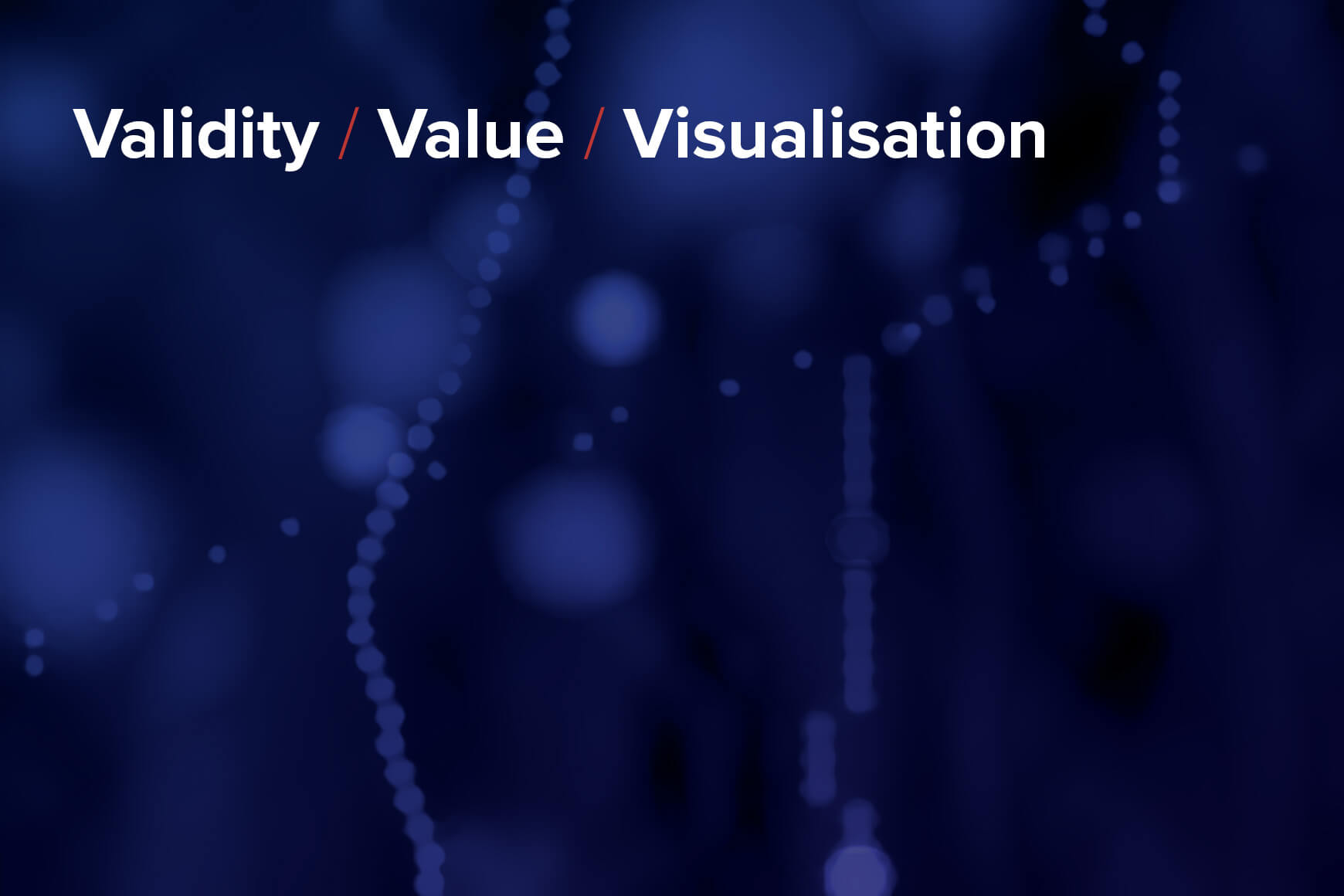The alternative Vs of Big Data

Since Big Data technologies are becoming a common part of corporate infrastructures, IT departments are dealing with challenges concerning a successful adoption. However, the focus is frequently turning away from its essential purpose – responding to business needs effectively. This article offers an alternative way of looking at Big Data precisely from this perspective.
The Original Vs
The mainstream definition of what we call Big Data today comes from the expert data analyst Doug Laney, who defined “the three Vs” with its significant characteristics – Velocity, Volume, and Variety. Everyone, who has ever encountered the Big Data hype recently knows the three Vs mantra. Essentially, it describes what makes Big Data so big.

Sometimes, a fourth characteristic called Veracity is added to the account. This fourth V mostly applies to data generated by IoT. It is a much less straightforward dimension, describing the fact that not all data from all sources are available all the time. The reason being that with a potentially vast number of sources, their permanent connection to a network does not have to be always technically possible.
Those 4 Vs describe not only the general but rather the technical nature of Big Data and raise questions for engineers and IT specialists on how to fully take advantage of these properties. Thankfully, they have been quite successful at this for many years, coming up with such wonderful technical solutions and platforms like Hadoop or Spark.
However, so far, these technical approaches have done little to address business needs.
THE BUSINESS PERSPECTIVE ON BIG DATA
Dealing with the technical aspects of Big Data is a prerequisite for being able to use them. However, from a business point of view, the prime goal is an effective use of Big Data. For this purpose, we have come up with alternative three V’s of Big Data any business user should consider.

Validity
Whenever you collect or analyze any kind of data, you need to be sure that it comes from valid sources and has been processed in a valid manner. Subsequently, you should seek to answer these main questions:
- Do you have a sufficient level of data quality?
- Are you getting data from trustworthy and secure sources?
- Are you using problematic or controversial data sources like personal recordings or social networks?
- Is your data processing compliant with the law and regulatory policies like GDPR or CCPA?
Big Data is not a geeky pre-mature technology anymore. It has already been adopted even by corporations with very high regulatory demands, such as banks or insurance companies. Thus, what you need to do is to apply a valid methodology based on successful past implementations.

Value
Surely you have already been sufficiently bombarded by an infinite number of articles and presentations about how Big Data can bring great new insights. However, how many of them actually told you how to turn those insights into real business value?
It is remarkable how many Big Data propositions focus on answering the wrong questions. Notice that instead of showing you how to get a value, what you are mostly told is that Big Data just enables you to do the analytics. How many expectations were not met because the outcome of a Big Data project was nothing else than an expensive data platform?
Though shifting the focus from insights onto Value is actually very simple. Just set up your value objectives properly and measure them using the chosen metrics. Every Big Data or Data Science solution needs to come together with its value proposition and the way how it will be achieved regarding empirical evidence– thus sticking to basic scientific principles.

Visualisation
Visual or any other kind of descriptive outcome needs to be provided during implementation, deployment and especially day-to-day running of your Big Data solutions.
Big Data is far too complex and formless, thus very hard to be grasped. This means that if you want to leverage its full potential, then all data flows and processes need to be monitored and portrayed descriptively. Nobody needs incomprehensible data lakes with no notion of its business owners and no control.
Even if your Big Data solution serves as a processing platform for certain autonomous AI jobs, it still remains a tool for your business. And you always have to be able to picture, understand and control what and how is actually being carried out.
Conclusion
The alternative Vs introduced above are not meant as a substitution for the traditional description of Big Data nature. It is rather a set of ideas that should always be considered when you are building any data-driven solution. In order to use Big Data effectively for your business, think about Validity, Value, and Visualization in the first place, before discussing its technological aspects.